According to Harvard Business Review, and a lot of anecdotal evidence that we can all point to, companies cut marketing budgets in a recession. Not only that, retail brand budgets can be the first to get slashed as they are the hardest to connect to sales numbers. For the brand budgets that are left, advertisers worry how they can drive any meaningful value if they can't get the reach or impact that they might feel they need.
Even with smaller brand budgets, there are strategies that advertisers can take to make their budget work harder and even more measurable. Data and technology has improved how both big and small brands can go to market, giving marketers flexibility and agility to connect with consumers effectively during times of uncertainty.
Focus Efforts with Laser Precision
The obvious brand budgets are not particularly targeted — Super Bowl commercials, billboards in Times Square, and product placements in popular TV shows like Stranger Things come to mind. But branding can actually be highly targeted, driving measurable results for key audiences, locations, or products.
For example, leveraging digital brand campaigns can help support a new store opening. With targeting on social media in particular, retailers have the ability to focus messaging on key audiences that are essentially net-new customers. By analyzing the attributes of their most valuable customers in similar markets, retailers can create a targeted branding campaign in the new market to drive interest, and even online sales before the store even opens.
Another example is to run branding campaigns using retail media networks as a key input. With shopping data and segmentation levers, retail brands can introduce new products to people who have previously purchased the category, have an affinity towards adjacent categories, or even if you're a consumer-packaged product have a specific flavor profile. For example, a brand can introduce a new spicy organic ready-made meal to those who have an affinity towards purchasing convenience-based pre-made meals or have a basket heavily weighted towards spicy products and shop the international aisle.
This is a more accurate and targeted version of third-party survey-based cookie-enabled targeting that also gives brand advertisers the ability to control frequency and even drive sales on-site if they work directly with retail media networks.
Steal Performance Elements to Drive Sales
Who says campaigns can't do double duty? There's no reason why a branding campaign can't include a shoppable element, promotion, or other sales driver. For that store opening, brands can include a carousel or digital circular featuring best sellers at other stores to drive both awareness and sales. For the retail media network campaign, retailers can include a promotion code for a discount.
Brands can take inspiration from Coca-Cola's "Share a Coke" campaign and apply it to digital or social media. Coke personalized bottles with individual names and encouraged customers to share them with friends and family. The campaign drove brand awareness and increased sales, as customers were more likely to purchase a personalized Coke bottle for themselves or as a gift.
The best way to structure this kind of campaign is to look at what elements work best for different audiences on other campaigns. A campaign targeted to younger shoppers on TikTok might include an interactive shoppable element where people can click to buy, which could fit well with the goals and potential placement of a new branding campaign.
Use AI Tools to Go Further Faster
Companies are using AI tools like ChatGPT to build out creative ideas in less time, with less cost. While nothing is going to replace the big creative idea that design professionals bring to the table any time soon, a good AI tool can do wonders when it comes to creating a slew of creative designs that can be tested and improved quickly.
A brand team could have AI help determine how to mix different brand messages with different interactive elements in creatives that fit the requirements of different social platforms. For instance, AI can also be helpful in analyzing audience data and prioritizing target segments with the highest likelihood of responding well to brand campaigns or different interactive elements based on past campaigns.
While some of these AI tools create amazing new ideas, they can be controversial. MidJourney, for example, can deliver beautiful original images, but the software was trained using original artwork that was created by artists, leading the U.S. copyright office to decide that images created with MidJourney can't be copyrighted.
Getting creative with brand campaigns isn't new for retail brands. What is new is the ability to affordably mix in interactive elements, targeting, and other levers from performance marketing at scale with technology and data that is available to brands big and small.
Just like the world permanently shifted to new technologies in the pandemic, like Zoom and streaming media, all brand advertisers may find that today's tight market will actually drive permanent shifts towards brand advertising that incorporates these new elements for lasting results.


